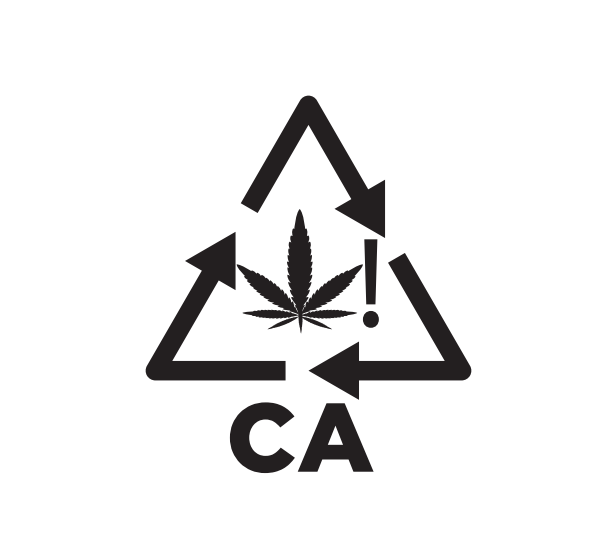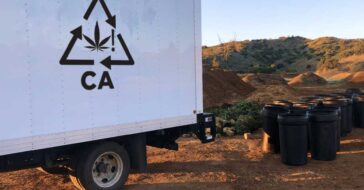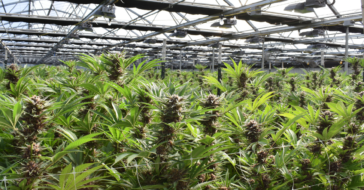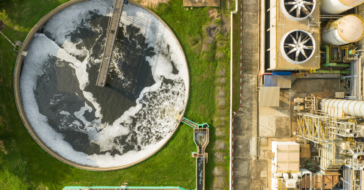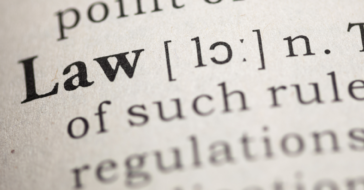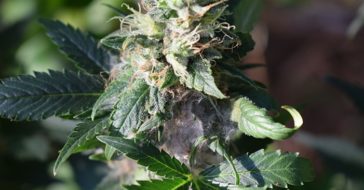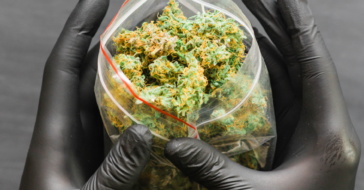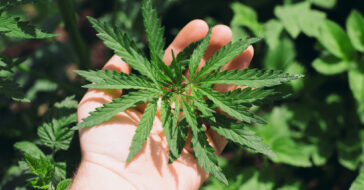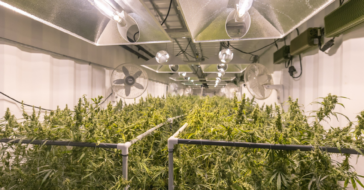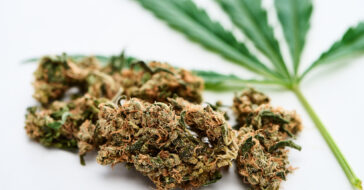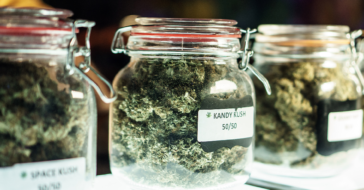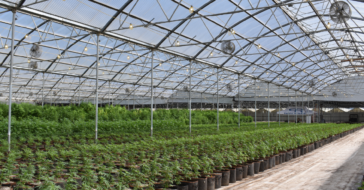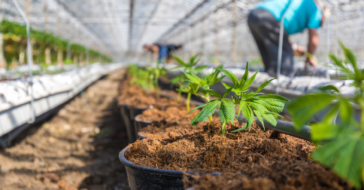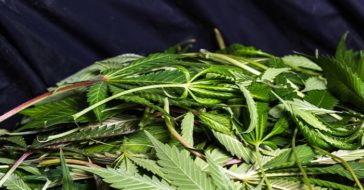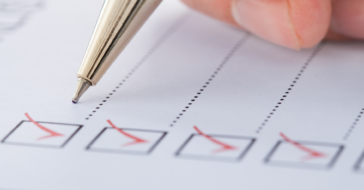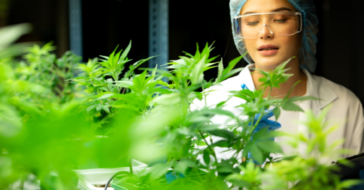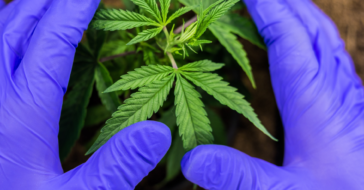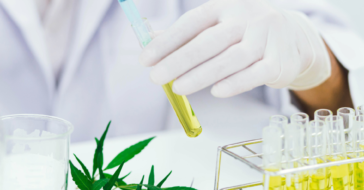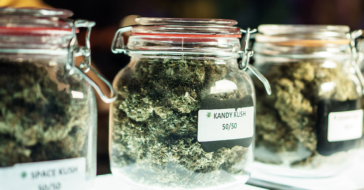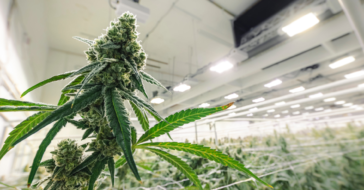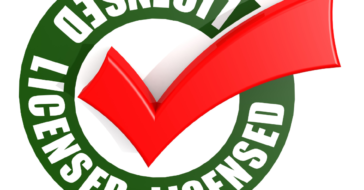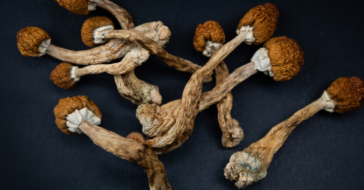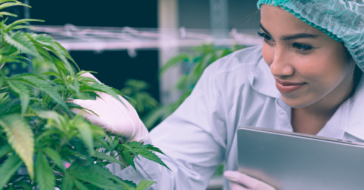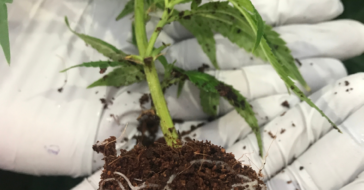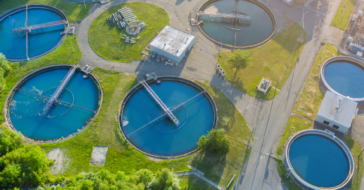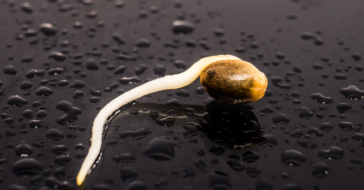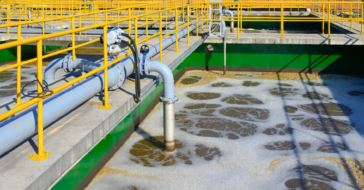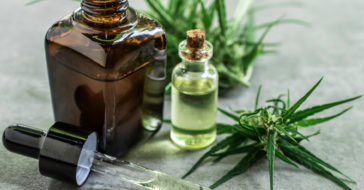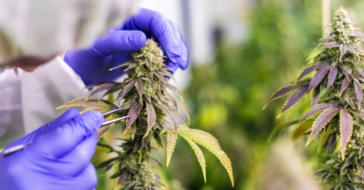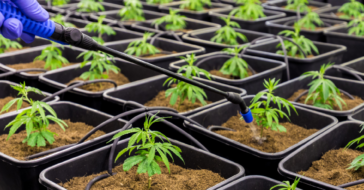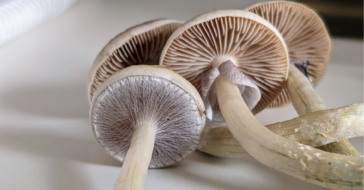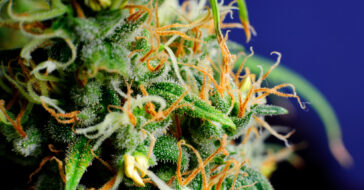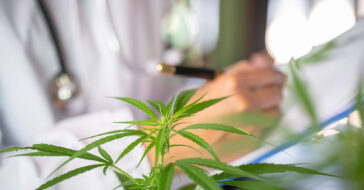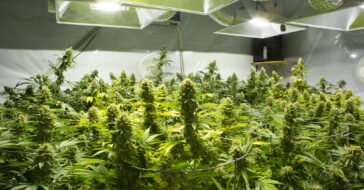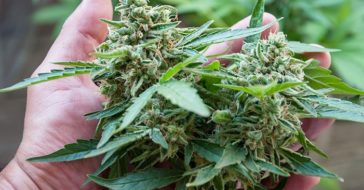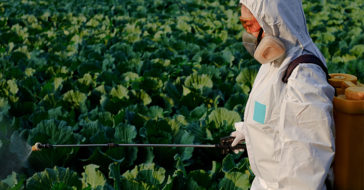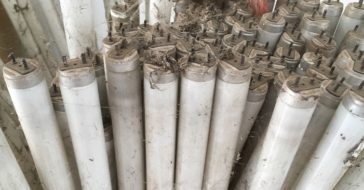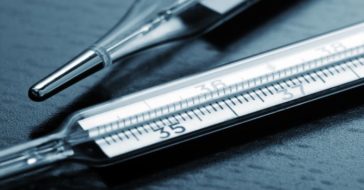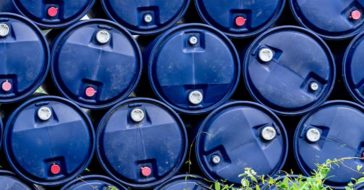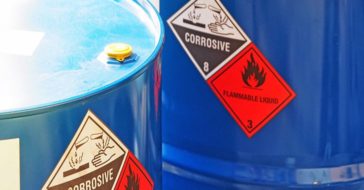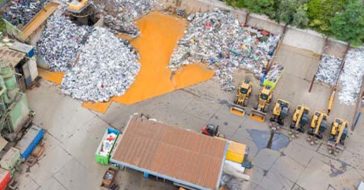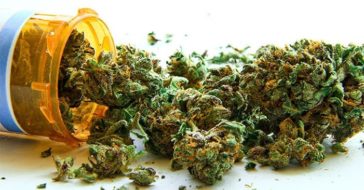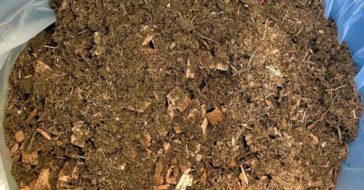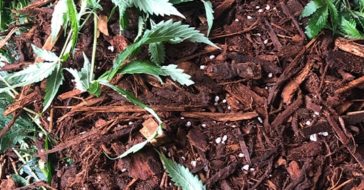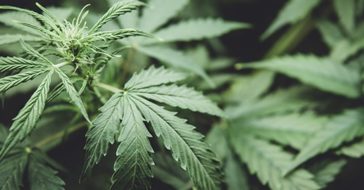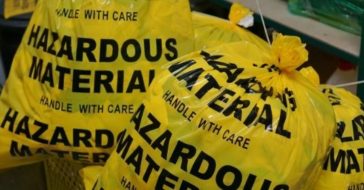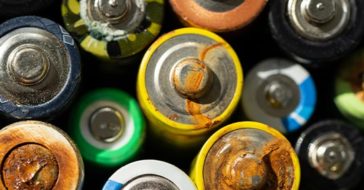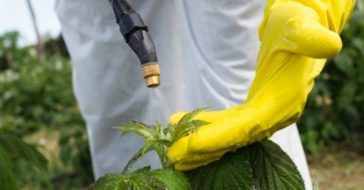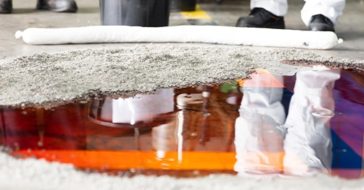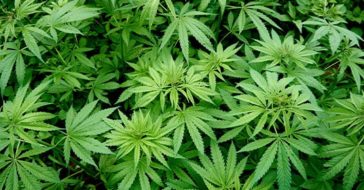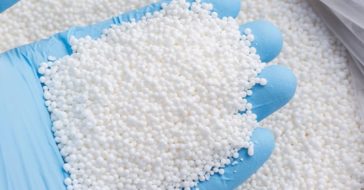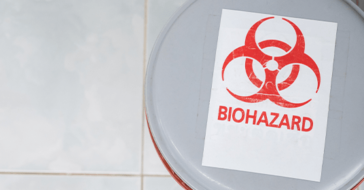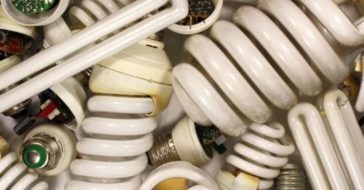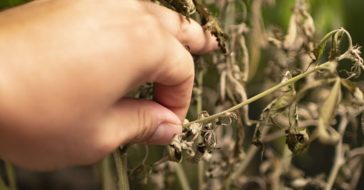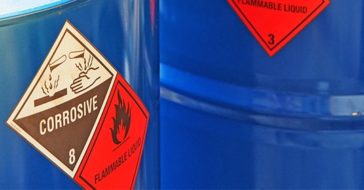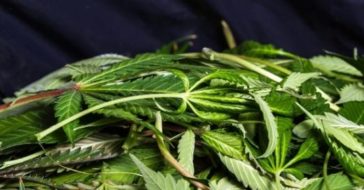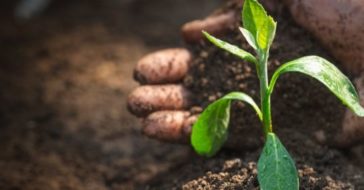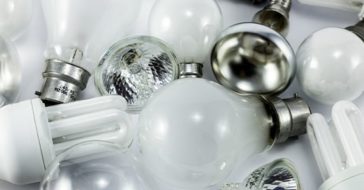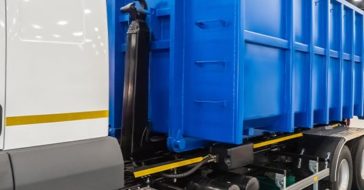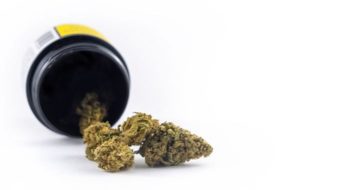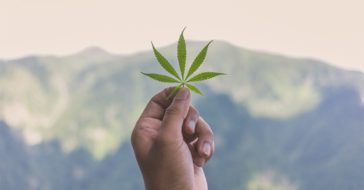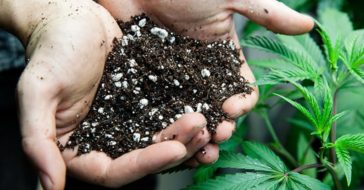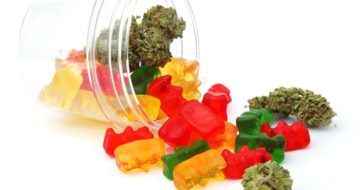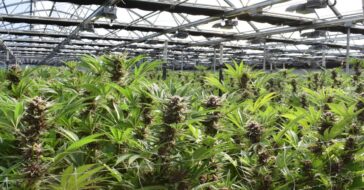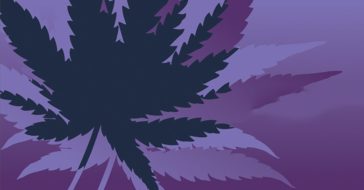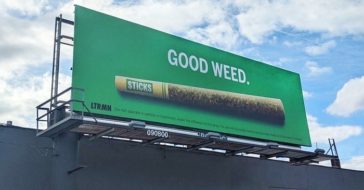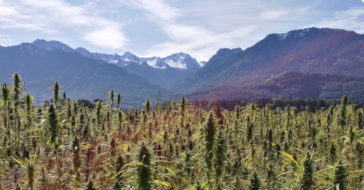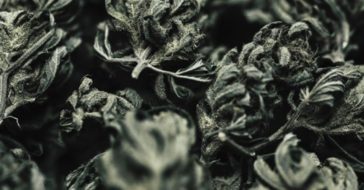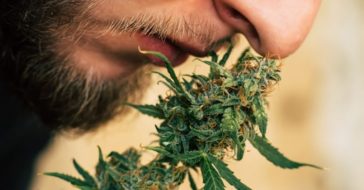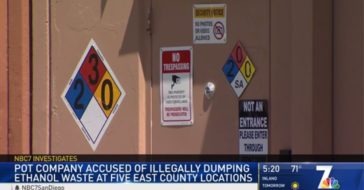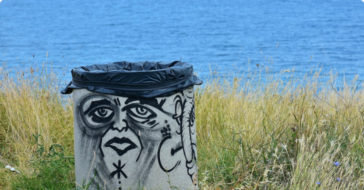This article was written by Natalie Gray.
There are more than 300.000 kinds of mold, and scientists keep finding more. Some of them are relatively harmless, and some of them can make people develop allergic reactions or make you sick. When there is mold in the cannabis, is it safe to cut off the spoiled part and use the rest? The answer will be provided further on.
What is Mold?
Molds are microscopic fungi that live within animals and people. Most of them are thread-like organisms that reproduce through spores. These spores can be transferred by air, water, food, or insects.
Unlike bacteria-who are the naked eye can see one celled-mold. Because they are part of the fungi family, if you use a microscope, they look like tiny mushrooms. Furthermore, they can be categorized into three levels of riskiness:
- Allergenic
- Pathogenic
- Toxigenic
Allergenic Mold
Allergenic Mold is the least dangerous one. When Mold is around. People tend to breathe the spores that are in the air, but some have allergic reactions or experience another-like symptoms. “Sneezing, itching, runny nose, and congestion, and dry skin” are some of the symptoms people can present. Most common allergicMolds are:
- Alternaria: The mold genus can grow indoors, especially damp surfaces with a food source, such as wood.
- Penicillium: There is a wide variety of this species. It is a blue-green that tends to grow in food.
- Cladosporium: This mold is commonly found on wet building materials, such as gypsum board, acrylic painted walls, wood.
Pathogenic Mold
A pathogenic mold can cause some infection in humans, even if their health is in good condition. Some pathogenic fungus falls into more than one category, and that includes allergenic Mold. Most common Pathogenic Molds are:
- Cryptococcus neoformans: People can develop an infection after inhaling its spores, although it is infrequent for those with healthy immune systems.
- Histoplasma capsulatum: Inhaled spores can also cause Pneumonia. This Mold is usually found in soil.
Toxigenic Mold
The term toxigenic is misleading since they are not toxic or poisonous. However, they can produce toxins (specific mycotoxins), which can cause a toxic response in humans and animals. Mycotoxins do not use spores for reproduction. However, some can become airborne and travel with Mold that can produce spores.
Mycotoxins are primarily found ingrains and nut crops but are also known to be on celery, grape juice, apples, and other food products. “There are many of them, and scientists are continually discovering new ones. “The Food and Agriculture Organization(FAO) of the United Nations estimates that 25% of the world’s food crops are affected by mycotoxins, of which the most notorious are aflatoxins.” Most common Toxigenic Mold:
- Fusarium species
- Aspergillus species
- Stachybotrys chartarum
Mold can exist anywhere in the world where the right conditions exist. So, if there is mold present, and you knowhow to handle the situation, you can limit your risk of experiencing health effects from mold spore and mycotoxin exposure.
Growers should be aware of what is in their homegrown cannabis setup. If they see any Mold, they have to make sure to act and remove it as soon as possible. If they do not, they will be facing the consequences. Experts should be the ones providing detailed information about the issues of not removing Mold. They need to advise how to deal with it.
One of the effects of inhaling Mold’s spores is Pneumonia. It can be spread via air, meaning if someone cough or sneeze people are likely to get the same illness. But that is not the only way that people can get infected. If you touch someone else’s blood that possessPneumonia, you will get it as well. But there are different ways to prevent this from happening:
- Make sure to clean the place you are living so no dust carrying spores can get into your nose or mouth.
- Eating fruit and vegetables help your body to improve people’s natural defenses.
How to protect yourself from mold spores and mycotoxins?
- Use respiratory protection when handling anything that has Mold on it — a respiratory mask grants protection to people’s nose and mouth.
- Wear clothes that prevent mold spores from touching the whole body. Wash the cloth carefully after done working with Mold.
- Wear gloves and eyewear.
If you follow all the procedures as mentioned, the likelihood of you getting sick will drop almost to zero. If you do not happen to have any of the materials, handle the situation as best as you can, and make sure you wash any parts of your body that touched the Mold.
How to Handle Moldy Weed
Mold in cannabis can be handled in a variety of ways. On some occasions, it is good to cut the moldy part and used the rest, but in some other cases, weed will need to be thrown away immediately.
If you see Mold is soft weeds drive it away quickly, because the spores are not only on the surface, they are beneath as well. On the other hand, if there is Mold in hard-like aliment, you can still use it, but the moldy part will need to be removed first.

